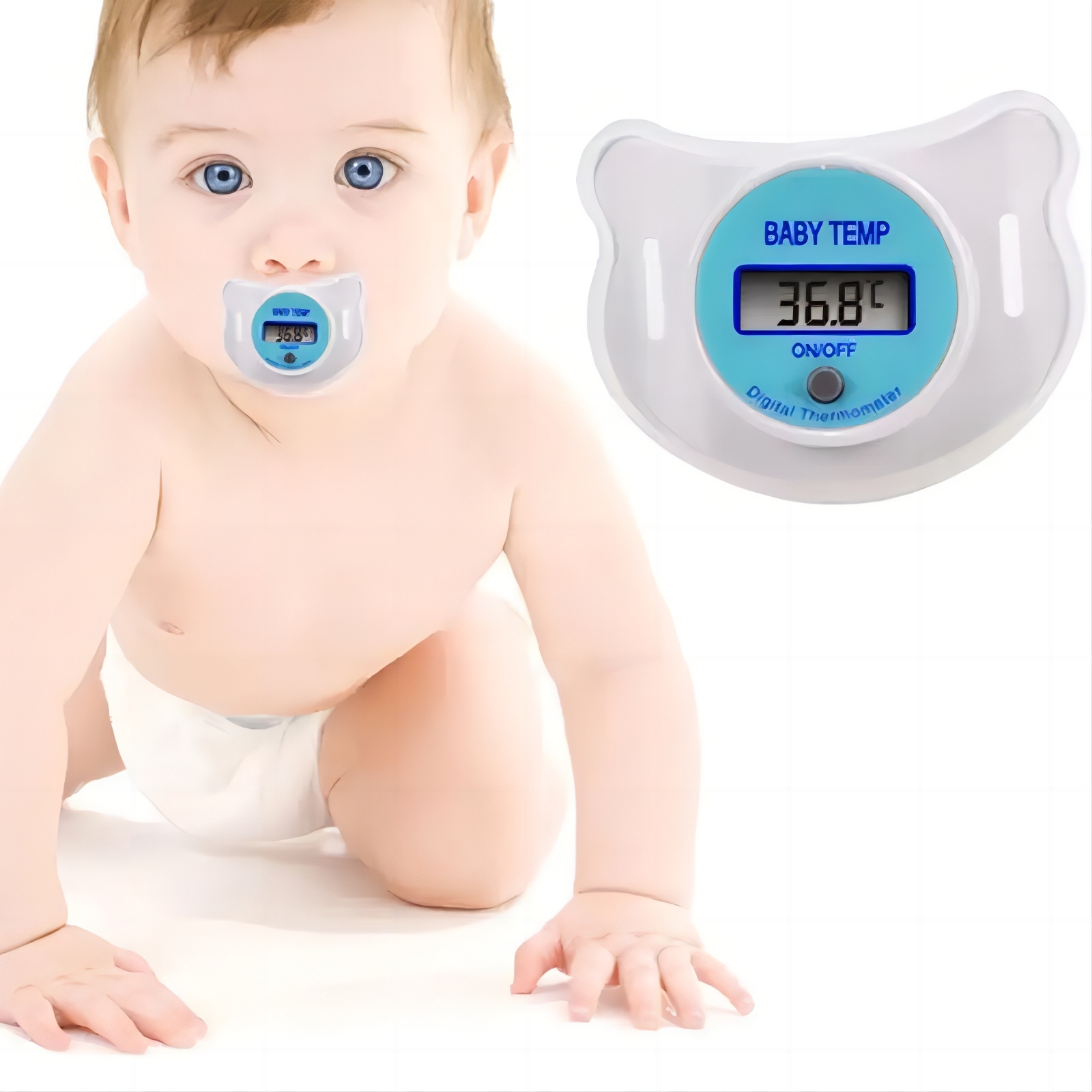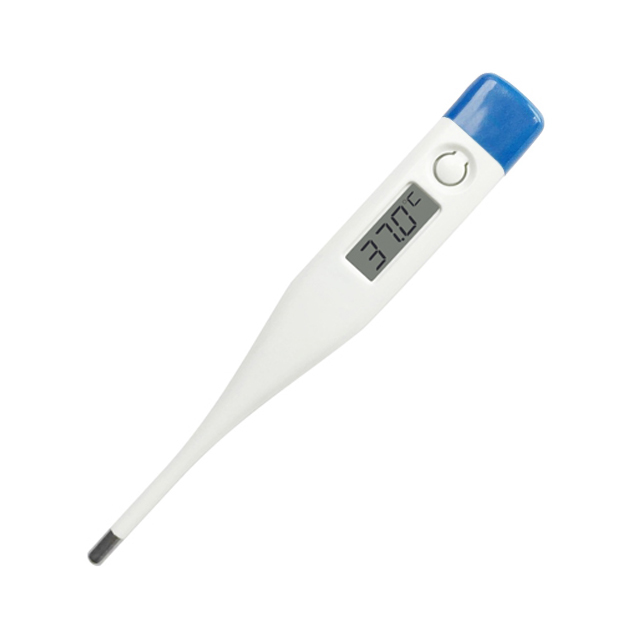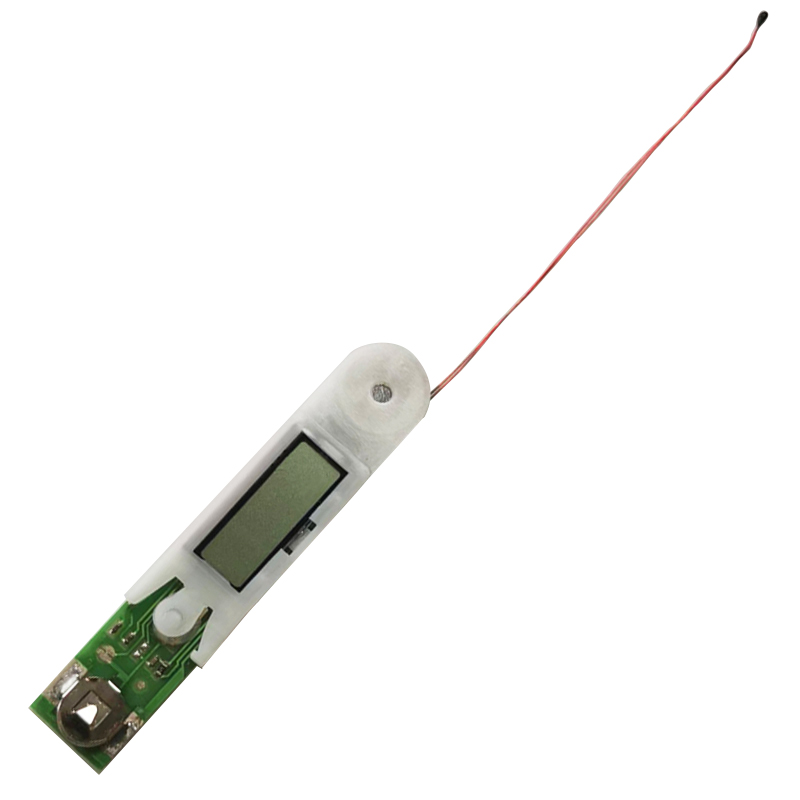Thermometer - Leis
Leis stands at the forefront of the medical supply industry, distinguished by its commitment to quality and innovation as a premier thermometer supplier. With a focus on exporting top-tier medical instruments worldwide, Leis excels particularly in the realm of thermometry. Our diverse product range, including the digital thermometer and body temperature thermometer, underscores our dedication to precision and reliability.
Our Mercury-free glass thermometer offers a safe and environmentally friendly option, boasting dual-scale readings and durable construction. Meanwhile, the Digital Thermometer PCBA SKD Parts Component showcases our adaptability, providing customizable options for clients seeking bespoke solutions. Each component, from the stainless steel tip to the plastic housing, is meticulously crafted to ensure superior performance.
Leis’s Non-contact Infrared Forehead Thermometer exemplifies our innovation in non-invasive temperature measurement, ideal for settings ranging from hospitals to airports. With three color backlights and a swift, accurate readout, this thermometer is indispensable in both medical and public environments.
Adhering to ISO13485 quality standards, Leis combines advanced engineering with comprehensive customer service, fostering long-term partnerships across the globe. Trust Leis to meet your thermometer needs with unmatched expertise and competitive pricing, as we continue to enhance healthcare worldwide through our state-of-the-art products and services.
Our Mercury-free glass thermometer offers a safe and environmentally friendly option, boasting dual-scale readings and durable construction. Meanwhile, the Digital Thermometer PCBA SKD Parts Component showcases our adaptability, providing customizable options for clients seeking bespoke solutions. Each component, from the stainless steel tip to the plastic housing, is meticulously crafted to ensure superior performance.
Leis’s Non-contact Infrared Forehead Thermometer exemplifies our innovation in non-invasive temperature measurement, ideal for settings ranging from hospitals to airports. With three color backlights and a swift, accurate readout, this thermometer is indispensable in both medical and public environments.
Adhering to ISO13485 quality standards, Leis combines advanced engineering with comprehensive customer service, fostering long-term partnerships across the globe. Trust Leis to meet your thermometer needs with unmatched expertise and competitive pricing, as we continue to enhance healthcare worldwide through our state-of-the-art products and services.
-

Baby Pacifier Nipple Digital Thermometer
- Baby pacifier nipple digital thermometer;
- Easy to use;
- No Mercury;
- Safe and accurate;
- LCD display;
- Designed for baby
-

Portable Medical Electronic Clinical Thermometer
- Portable medical electronic clinical thermometer
- Hard tip
- LCD display
- C/F switchable
- Last memory function
- Safe,fast and accurate
- Easy to use and store
-

Digital Thermometer PCBA SKD Parts Component
- Digital Thermometer PCBA SKD Parts Component
- Different models for option
- SKD parts,finished or semi-finished
- PCBA+Sensor+battery+Stainless steel tip+plastic housing+thermometer cap+plastic storage container
- OEM welcomed
- Design and develop for your customized thermometer body
Thermometer FAQ
What does a thermometer measure?▾
A thermometer is an essential instrument designed to measure temperature, which is a fundamental aspect of our daily lives and scientific endeavors. From the weather forecasts that guide our daily attire to the complex industrial processes that rely on precise heat measurements, thermometers provide critical data that influences a wide range of activities and decisions.
Understanding Temperature Measurement
At its core, a thermometer measures the thermal energy present in a substance or environment. This thermal energy manifests as temperature, an indicator of how hot or cold an object is. Fundamentally, temperature is a measure of the average kinetic energy of the particles in a substance. When particles move more vigorously, they generate more heat, resulting in a higher temperature reading. Conversely, slower-moving particles produce less heat, leading to lower temperature readings.
Thermometers operate on several principles, each suited to specific applications. Traditional mercury-filled thermometers, for instance, rely on the expansion and contraction of mercury in response to temperature changes. As temperatures rise, the mercury expands and moves up the calibrated tube, providing a visual representation of the current temperature.
Advancements in Thermometer Technology
In recent years, the introduction of digital thermometers has revolutionized how we measure temperature, offering precision and convenience. Digital thermometers use electronic sensors to detect temperature changes and convert these readings into digital data. This data is then displayed on an easy-to-read screen, allowing for swift and accurate temperature assessment.
Digital thermometers offer several advantages over their analog counterparts. They are typically quicker to respond, provide more precise readings, and often include features like memory storage for recording past measurements. Such functionality is particularly useful in clinical settings, where tracking a patient's temperature over time can be crucial for effective treatment.
Applications of Thermometers in Daily Life
Beyond clinical settings, thermometers play a vital role in various facets of everyday life. In the kitchen, for example, cooking thermometers prevent culinary disasters by ensuring food reaches safe temperatures. In industrial environments, thermometers monitor the temperature to ensure safety and efficiency in processes like metal fabrication or chemical production. In meteorology, thermometers help forecast weather patterns, which is essential for both agriculture and daily planning.
Furthermore, digital thermometers are increasingly integrated into smart home devices, contributing to energy efficiency. By providing accurate temperature readings, these devices can optimize heating and cooling systems, reducing energy consumption and costs.
Conclusion
In summary, thermometers are indispensable tools that measure temperature, a critical parameter that influences various aspects of life and technology. The evolution from traditional to digital thermometers highlights the ongoing advancements in precision and efficiency. As technology continues to develop, digital thermometers are set to become even more integral in our homes, industries, and beyond. Understanding their function and significance helps us appreciate how essential temperature measurement is to modern life.
Understanding Temperature Measurement
At its core, a thermometer measures the thermal energy present in a substance or environment. This thermal energy manifests as temperature, an indicator of how hot or cold an object is. Fundamentally, temperature is a measure of the average kinetic energy of the particles in a substance. When particles move more vigorously, they generate more heat, resulting in a higher temperature reading. Conversely, slower-moving particles produce less heat, leading to lower temperature readings.
Thermometers operate on several principles, each suited to specific applications. Traditional mercury-filled thermometers, for instance, rely on the expansion and contraction of mercury in response to temperature changes. As temperatures rise, the mercury expands and moves up the calibrated tube, providing a visual representation of the current temperature.
Advancements in Thermometer Technology
In recent years, the introduction of digital thermometers has revolutionized how we measure temperature, offering precision and convenience. Digital thermometers use electronic sensors to detect temperature changes and convert these readings into digital data. This data is then displayed on an easy-to-read screen, allowing for swift and accurate temperature assessment.
Digital thermometers offer several advantages over their analog counterparts. They are typically quicker to respond, provide more precise readings, and often include features like memory storage for recording past measurements. Such functionality is particularly useful in clinical settings, where tracking a patient's temperature over time can be crucial for effective treatment.
Applications of Thermometers in Daily Life
Beyond clinical settings, thermometers play a vital role in various facets of everyday life. In the kitchen, for example, cooking thermometers prevent culinary disasters by ensuring food reaches safe temperatures. In industrial environments, thermometers monitor the temperature to ensure safety and efficiency in processes like metal fabrication or chemical production. In meteorology, thermometers help forecast weather patterns, which is essential for both agriculture and daily planning.
Furthermore, digital thermometers are increasingly integrated into smart home devices, contributing to energy efficiency. By providing accurate temperature readings, these devices can optimize heating and cooling systems, reducing energy consumption and costs.
Conclusion
In summary, thermometers are indispensable tools that measure temperature, a critical parameter that influences various aspects of life and technology. The evolution from traditional to digital thermometers highlights the ongoing advancements in precision and efficiency. As technology continues to develop, digital thermometers are set to become even more integral in our homes, industries, and beyond. Understanding their function and significance helps us appreciate how essential temperature measurement is to modern life.
Which thermometer has the highest accuracy?▾
When it comes to measuring body temperature, choosing a thermometer with the highest accuracy is crucial for ensuring reliable health assessments. Accurate readings are essential, particularly during illnesses when managing symptoms and determining the necessity for medical intervention is paramount. In this pursuit, understanding the different types of thermometers and their respective accuracies becomes essential.
Thermometers are available in various types, each suitable for different uses and age groups. The most common types include digital, infrared, and mercury thermometers. Digital thermometers, known for their precision and reliability, have become the preferred choice in both home and clinical settings. These devices offer quick readings and are easy to use, making them a convenient option for most users.
Infrared thermometers, which measure temperature from the ear or forehead without direct contact, have gained popularity for their ease of use and hygienic benefits. However, their accuracy can vary based on factors such as positioning and external environmental influences. Therefore, while convenient, they might require careful handling to ensure precise readings. Mercury thermometers, although once the standard in temperature measurement, have fallen out of favor due to safety concerns related to mercury exposure and the advancement of more accurate and safer technologies.
In terms of accuracy, digital thermometers generally stand out as the most reliable choice. These devices work by using electronic heat sensors to determine a person's body temperature. Due to their design, digital thermometers provide a high degree of precision, often more so than their infrared or mercury counterparts. This precision is especially important for infants and young children, where even slight temperature variations can indicate significant health changes.
Digital thermometer technology has advanced over the years, incorporating features such as memory storage, fever alerts, and connectivity options for tracking temperature trends over time. These features help users maintain a comprehensive understanding of their health status, adding another layer of reliability and accuracy to the readings obtained.
To ensure the highest level of accuracy when using digital thermometers, certain practices should be followed. First, it is essential to read and follow the manufacturer's instructions carefully. Proper placement and positioning are critical, particularly for oral and axillary readings, to avoid discrepancies. Additionally, individuals should avoid consuming hot or cold beverages and engaging in physical activity shortly before taking a measurement, as these can temporarily alter body temperature.
For users who need to monitor temperatures frequently, such as parents of young children or caregivers of the elderly, investing in a high-quality digital thermometer can provide peace of mind and dependable results. The consistency of digital thermometers in providing accurate readings makes them invaluable tools in managing both everyday health and more serious medical conditions.
In assessing which thermometers offer the highest accuracy, digital thermometers emerge as the superior choice for most users. Their precision, ease of use, and advanced features make them a reliable option for accurately monitoring body temperature. By choosing a digital thermometer, individuals can ensure they are equipped with an effective tool for maintaining their and their loved ones' health, further solidifying its role as an essential device in modern healthcare practice.
Understanding Thermometer Types
Thermometers are available in various types, each suitable for different uses and age groups. The most common types include digital, infrared, and mercury thermometers. Digital thermometers, known for their precision and reliability, have become the preferred choice in both home and clinical settings. These devices offer quick readings and are easy to use, making them a convenient option for most users.
Infrared thermometers, which measure temperature from the ear or forehead without direct contact, have gained popularity for their ease of use and hygienic benefits. However, their accuracy can vary based on factors such as positioning and external environmental influences. Therefore, while convenient, they might require careful handling to ensure precise readings. Mercury thermometers, although once the standard in temperature measurement, have fallen out of favor due to safety concerns related to mercury exposure and the advancement of more accurate and safer technologies.
The Superiority of Digital Thermometers
In terms of accuracy, digital thermometers generally stand out as the most reliable choice. These devices work by using electronic heat sensors to determine a person's body temperature. Due to their design, digital thermometers provide a high degree of precision, often more so than their infrared or mercury counterparts. This precision is especially important for infants and young children, where even slight temperature variations can indicate significant health changes.
Digital thermometer technology has advanced over the years, incorporating features such as memory storage, fever alerts, and connectivity options for tracking temperature trends over time. These features help users maintain a comprehensive understanding of their health status, adding another layer of reliability and accuracy to the readings obtained.
Considerations for Accurate Measurements
To ensure the highest level of accuracy when using digital thermometers, certain practices should be followed. First, it is essential to read and follow the manufacturer's instructions carefully. Proper placement and positioning are critical, particularly for oral and axillary readings, to avoid discrepancies. Additionally, individuals should avoid consuming hot or cold beverages and engaging in physical activity shortly before taking a measurement, as these can temporarily alter body temperature.
For users who need to monitor temperatures frequently, such as parents of young children or caregivers of the elderly, investing in a high-quality digital thermometer can provide peace of mind and dependable results. The consistency of digital thermometers in providing accurate readings makes them invaluable tools in managing both everyday health and more serious medical conditions.
Conclusion
In assessing which thermometers offer the highest accuracy, digital thermometers emerge as the superior choice for most users. Their precision, ease of use, and advanced features make them a reliable option for accurately monitoring body temperature. By choosing a digital thermometer, individuals can ensure they are equipped with an effective tool for maintaining their and their loved ones' health, further solidifying its role as an essential device in modern healthcare practice.
